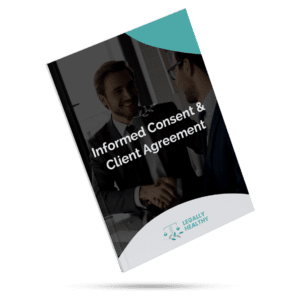By Danielle Grigg – The Integrated CFO
Let’s be honest. Most small business owners don’t love EOFY (End of Financial Year).
It tends to creep up quietly, then suddenly you’re chasing receipts, wondering if you’ve paid enough tax, and trying to explain that weird invoice from nine months ago to your accountant.
But it doesn’t have to feel like a scramble. With a few simple steps, you can approach EOFY calmly, confidently, and maybe even a little ahead of the game.
EOFY is more than a compliance deadline. It’s an opportunity to reset, make strategic decisions, and set yourself up for a better year ahead.
Step 1: Get your bookkeeping up to date
This might sound obvious, but it’s the one most people avoid.
Before you can make smart decisions, you need accurate data. That means:
- All invoices and expenses entered and reconciled
- Payroll finalised and superannuation reconciled
- Loan balances up to date
- Any missing bank feeds or payment platforms linked and cleared
If your numbers are a few months behind, this is the time to catch up. You can’t forecast, plan or lodge anything confidently without clean data.
Step 2: Review your financial reports
Once your books are up to date, take a moment to actually look at the numbers.
Review your:
- Profit and Loss (Year to Date and full FY)
- Balance Sheet
- Cash flow trends (not just the bank balance)
Look for:
- How your net profit compares to last year
- Any categories of spending that have crept up
- Whether your revenue is consistent, seasonal, or sliding
This gives you a clear picture of where you’ve been, so you can make better calls on where you’re going.
Step 3: Make any strategic EOFY decisions
This is where EOFY gets interesting. With your numbers in front of you, now’s the time to talk to your accountant or CFO about:
- Making super contributions before 30 June
- Purchasing equipment or assets
- Writing off bad debts
- Finalising director loans or clearing inter-entity transactions
These decisions can affect your taxable income, your cash position, and your momentum heading into FY26. So don’t wait until July. Get advice now while there’s still time to act.
Step 4: Forecast for the new year
Once the current year is cleaned up, shift your focus forward.
Ask yourself:
- What are my income goals for FY26?
- What are my fixed and variable costs?
- When are my slow months?
- Do I need to adjust pricing, staffing or delivery models to stay profitable?
Use this to build a simple cash flow forecast and budget that gives you a roadmap. Even a rough one is better than winging it month to month.
Step 5: Don’t do it alone
EOFY doesn’t need to fall entirely on your shoulders.
Whether it’s your bookkeeper, tax agent or Virtual CFO, lean on support that helps you interpret the numbers and make decisions with clarity.
At The Integrated CFO, we help business owners not just tidy up their EOFY books, but actually use them to plan for profit and stability in the new year.
Want to head into FY26 without the stress?
You can learn more and book call with me here: theintegratedcfo.com.au
Mention Chantel Ryan for a FREE mini audit of your accounting file!
EOFY doesn’t have to be chaotic. A little structure and support now can save you months of stress down the line.
Danielle
Featured Products
-
Get Started Template Bundle (AUS)
$650.00 Incl GST -
Informed Consent & Client Agreement Template (AUS)
$87.00 Incl GST


